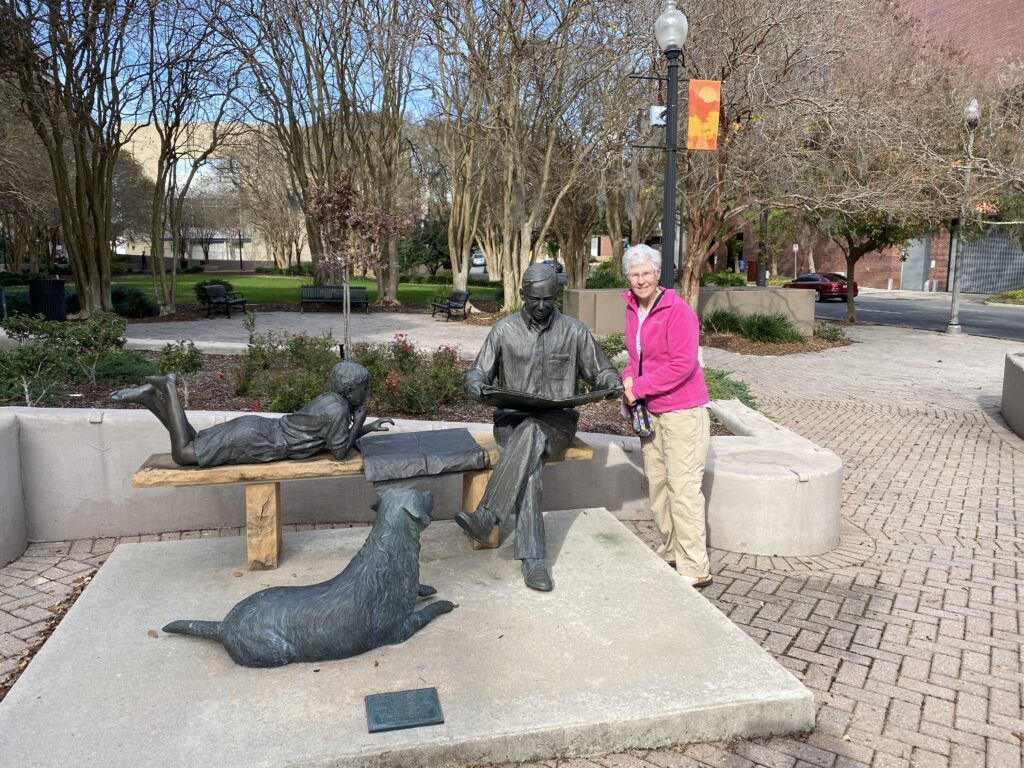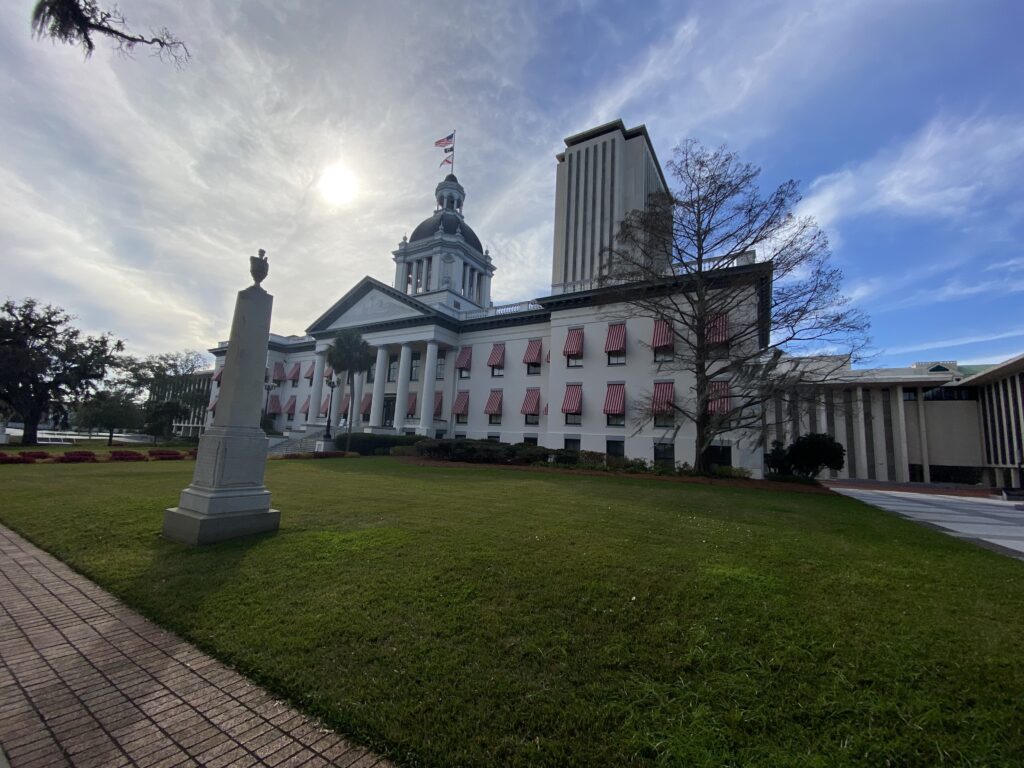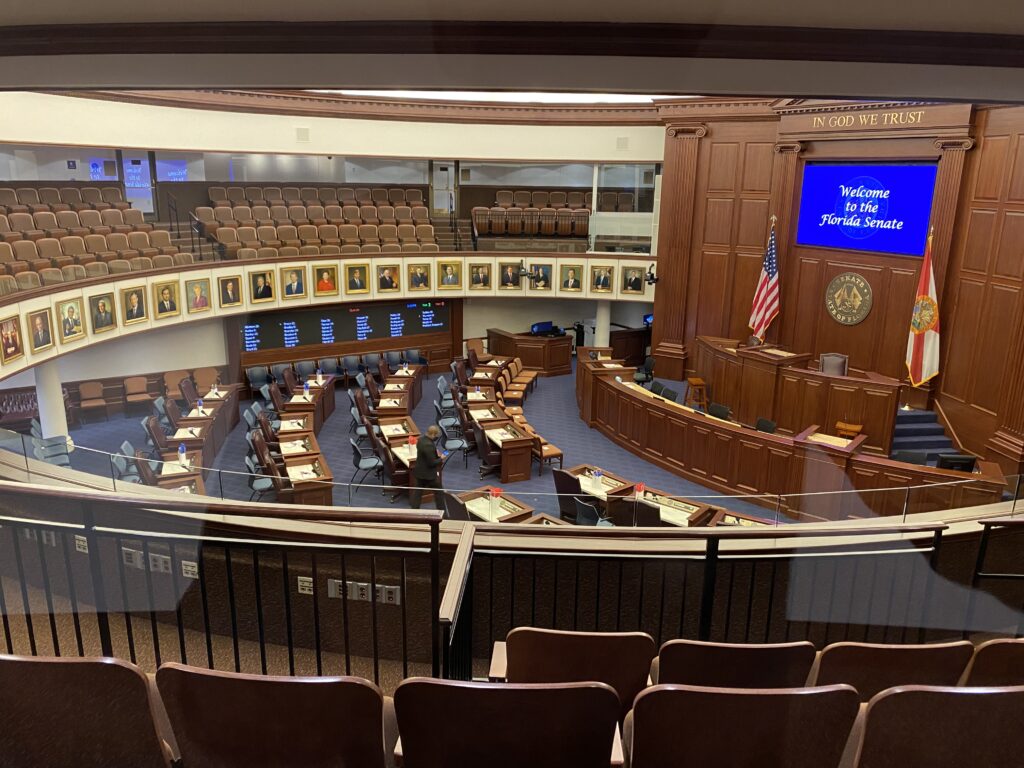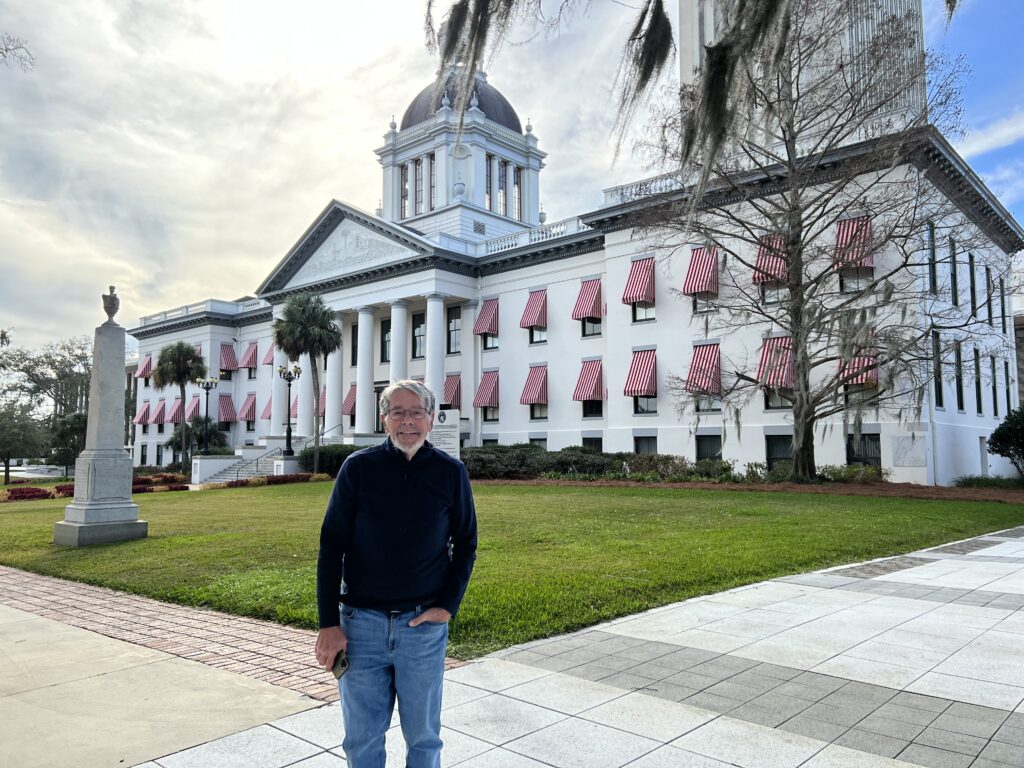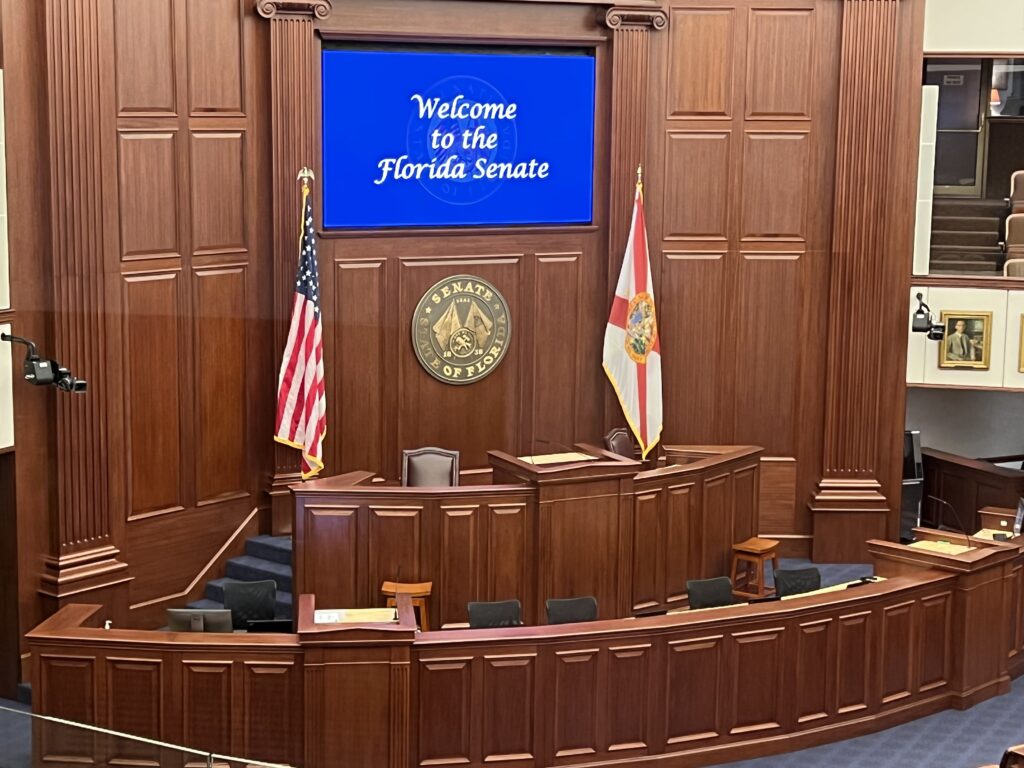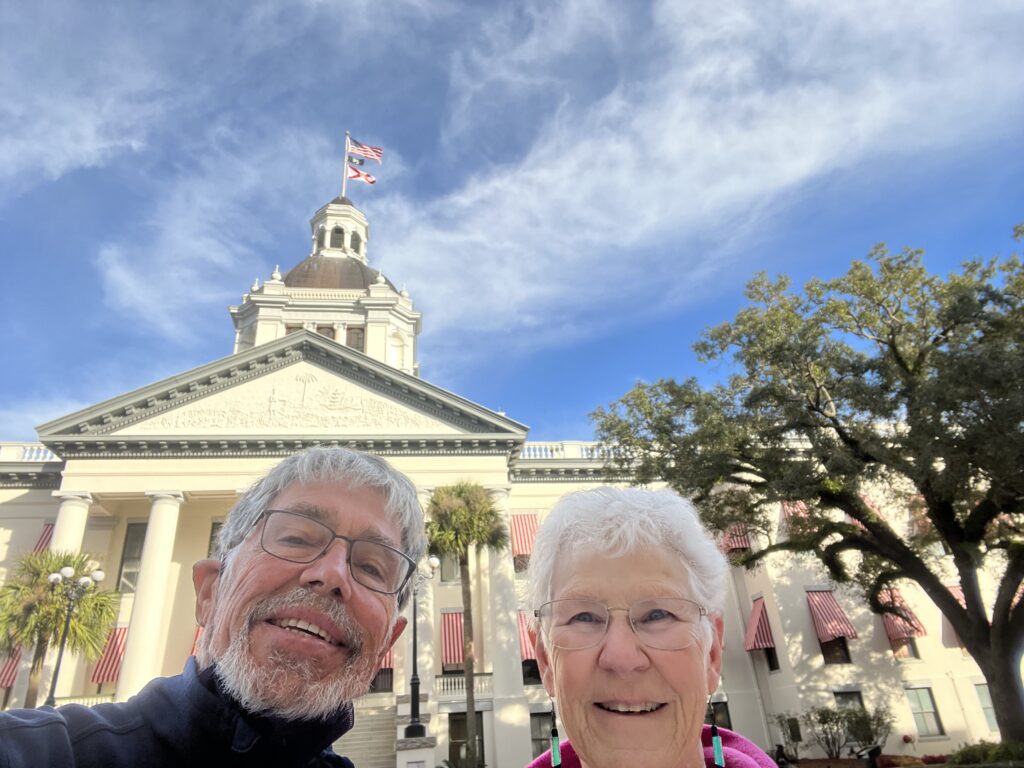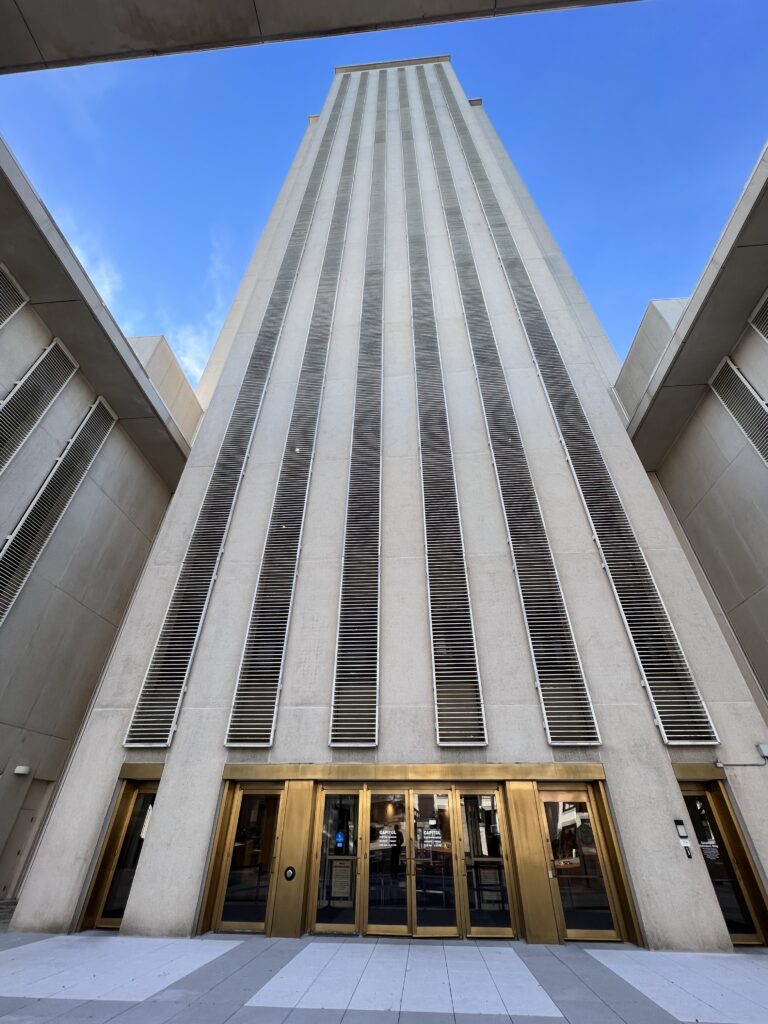Some folks think each of our trips are crazier than the ones that came before and there may be some truth to it. This is a cross-continent road adventure that’s turned into a half-continent trip with a side journey to the frozen tundra of New Hampshire.
I had two ideas in mind when I suggested to Judy that we drive from Sun City Center, FL to San Diego. First, granddaughter Reagan is a freshman at University California San Diego. Since we’ve already been to visit her three Onawa Cousins at their colleges (Alex in Manchester, NH; Brenna in Fairfield, CN and Jackie in New Orleans) it was only right that we visit Reagan, our own kith and kin at there campus. Second, I want to find out what over-the-road travel in an electric vehicle is really like. So, let’s hit the road in our Tesla Model 3 and go see Reagan.
Quick to see the trees in my forest, Judy pointed out that it’s a long way (about 2,500 miles) and once there you must turn around and do it all over again to get home. And all that charging of the 3’s battery? It will take forever. Why not just fly?
Yes, but, we’ve never seen the southern U.S. You, Judy, have never been to Texas. I’ll do most of the driving. We’ll plan easy days with time for sightseeing. And besides, our friends from Melrose, Jean and Chip, will be in Austin in January so we can stop and see them to break up the trip.
Finally, the compromise. We’ll drive to Austin, see Jean and Chip and then fly up to Boston to stay with Carter for a week while Jeff is in Kathmandu on business. We can then fly back to Austin, hit the Alamo and drive home. I get half the road trip, Judy avoids half the pain and we get to spend time with Carter, which is always a blast. Snow? Cold? We can handle it.
Off we went this morning. We left home at 9 AM, stopped twice for charging, maybe an hour total, and visited the Florida state capitol in Tallahassee for two hours (see the pictures below). Arrived at Panama City Beach at 7 PM. Total driving time: 7 hours, 375 miles, pretty much according to plan. A nice combination of travel and sightseeing.
Now about the electric vehicle thing. There are several considerations:
Range
I charged the 3 to 305 miles of range before leaving. That’s the EPA estimate; highway mileage may differ, especially if you drive to keep up with traffic in Florida, which calls for 80 on 70 mph I75 and I10. The Tesla computer said we’d arrive at the Lake City Supercharger station with over 100 miles remaining; we actually showed 65 when we hooked up the car to the charger. No problem. We had room for error and it worked out fine. We ate the sandwiches we brought with us while we charged.
We didn’t fill the tank at Lake City. We charged for about 25 minutes rather than the Tesla recommended 20 minutes. Turns out charging from 20% to 80% is faster than the first or last 20% so Tesla figures you’ll spend less time charging if you don’t top off at each stop. We charged for another 25 minutes before leaving Tallahassee, enough to get us comfortably to Panama City Beach. We’ll charge again in the morning before leaving the beach.
Tesla’s biggest competitive advantage, right now, is its Supercharger network. Almost every Interstate highway has sufficient locations to travel end-to-end without a problem. Off the beaten track, in northern Maine, for instance, is another matter. But for the Tampa-San Diego route there are plenty of Tesla chargers.
Creature Comforts
Turns out the 3 may be good for 300 miles but Old Captain Jon’s plumbing isn’t. I had to make a stop before reaching the Supercharger. Not only that, but Superchargers aren’t your regular gas station with hot coffee, beef jerky, slurpies and of course bathrooms. Yes, Superchagers are usually within walking distance of at least one restaurant with bathroom facilities. But how awkward is it to pee without having a meal? Someone text Elon and get him off the pot and into the c-store world.
Autopilot
Tesla is famously, and often infamously, known for its Autopilot and so-called Full Self Driving features. Our Tesla Model 3 recently qualified for the Full Self Driving beta software and I gave it a try on today’s trip.
Autopilot is nothing more than speed control and lane following, just like most gas-powered cars have these days. Tesla’s implementation is, in my experience, superior to others (Kia, Acura, Nissen for example). It finds the lanes even in tough conditions. Tesla also will change lanes for you. Turn on your blinker and the car will change lanes if it thinks conditions permit. Car in the blind spot? The car’s display will show a red car symbol and wait until the coast is clear before making the change. It’s like having a second pair of eyes protecting you.
Navigate on Autopilot takes it even further. Set a destination on the car’s built-in Nav, push the Navigate on Autopilot button and the car takes over. It decides when to change lanes and when to return to the middle or right lane. It pays attention to cars coming up behind that are traveling faster and will move over after it has passed slower traffic. It isn’t perfect; it sometimes changes lanes for no apparent reason and can slow down for now apparent reason.
Autopilot requires the driver to keep hands on the wheel and eyes on the road. If you slack off on applying pressure, it will give warnings and if ignored, disengage and leave the driver to drive without its assistance. But apply too much pressure on the wheel and it thinks you want to take over and it disengages. It’s a tricky balance that takes practice.
I used Navigate on Autopilot almost all the way. I found the trip to be more relaxing (I did all 7 hours) even though I had to be on alert all the way. The mistakes Nav on AP made were silly but none were dangerous.
Full Self Driving
Full Self Driving (FSD) pretends that it can navigate not just freeways but city streets as well. It’s in the so-called Beta mode. Tesla hands it out to selected owners who have achieved a safety rating of 97 or higher, based on driving habits. Follow too close, make sudden turns and fail to pay attention and you lose points.
I tried FSD coming into Tallahassee and Panama City Beach. It did pretty well but is far from perfect. It has a hard time turning at stop signs where it has to look both ways. And it, like any new driver, is hesitant and makes decisions that cause an experienced driver to cringe and stomp on the imaginary break pedal.
Tesla claims that it is gathering user data from its fleet of FSD cars. The data are used to train the neural network that makes all the decisions for driving the car. You and I learn to recognize dangerous situations and know how to respond based on having been in those situations before. The hope is that, with enough experience, Tesla’s neural network computer can do the same.
One problem is that I, the driver, often get to the point where I can’t stand it any longer. I stomp on the real brake pedel and twist the wheel to do what I think is the right thing to do. But maybe if I had hung in there a few seconds longer the car’s computer would have resolved the situation. Maybe I need to learn when to trust the computer and when to regain control. Maybe my neural network needs adjustment.
So why bother? Why not let the propeller heads at Tesla and their millions of test pilots figure it out without me? I admit I’m a gadgeteer. I love playing with new technology to see what can be done. I started out building radios with vacuum tubes when I was a teenager. Now I’m piloting an electric car driven by a neural network. I really want to know where this technology is today and where it’s headed. And the older I get the more fear I have of being left behind.
Who knows? Once I’ve figured out electric vehicles, maybe I’ll have to give cryptocurrencies a try.

